ASM Summer Student Research Awards: 2018
Microbiology Australia 39(3) 175-177 https://doi.org/10.1071/MA18054
Published: 21 August 2018
Priscilla Johanesen
ASM Student and Early Career Microbiologist Engagement Coordinator

|
This year saw the introduction of the ASM Summer Student Research Awards, an initiative previously delivered by the Western Australia Branch, which was expanded to several other state branches. The ASM Summer Student Research Awards gives students the opportunity to complete a research project in a laboratory over the summer vacation period, providing students the invaluable experience of working in a real Microbiology research laboratory. Selection for the awards is a competitive process, with scholarship awardees provided with an allowance and student membership for one year upon completion of their project and submission of a report. One award is funded through National Office with additional awards offered, where possible, at a state branch level. This year the society awarded six students summer scholarships: Talitha Santini from Queensland; Don Ketagoda, Sonja Repetti, and Lauren Zavan from Victoria; and Hannah Grieg and Sarah Negus from Western Australia. ASM would like to congratulate all awardees. As highlighted by the students’ abstracts (see below) the society is excited by the diverse array of research the students performed during the 2018 summer break and is looking forward to the future years of the program.
Optimization and preconditioning of microbial inocula and organic carbon substrates for the bioremediation of bauxite residue
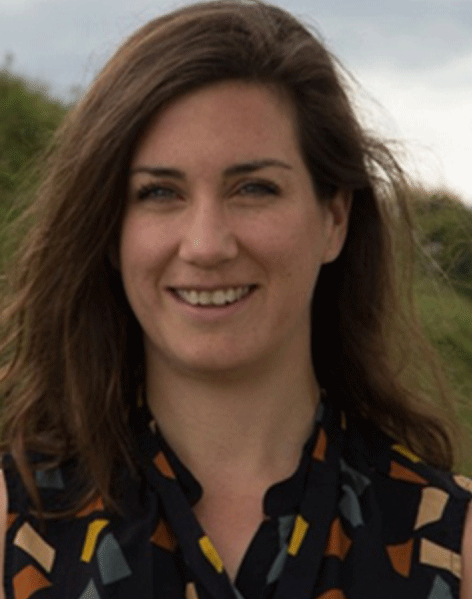
|
Jack WangA, Giselle PickeringB, Kimberley WarrenB, Maija RaudseppB,C and Talitha SantiniB,D
ASchool of Biomedical Sciences, The University of Queensland; BSchool of Earth and Environmental Sciences, The University of Queensland; CDepartment of Earth and Atmospheric Sciences, The University of Alberta; DSchool of Agriculture and Environment, The University of Western Australia
Refining bauxite to produce alumina via the Bayer process produces a highly alkaline (pH 12–13), saline by-product (bauxite residue) that is inhospitable for the majority of plant and microbial life. Recent research has identified the viability of microbially driven bioremediation in neutralising the pH of bauxite residue. By augmenting the microbial community within bauxite residue and supplying a suitable organic carbon source, microbially driven bioremediation neutralises pH through the production of acidic metabolites via fermentation. This experiment aimed to determine the optimal combination of microbial inoculant and carbon substrate to produce the greatest and most rapid neutralisation of bauxite residue pH. The effect of residue preconditioning was also tested by transferring remediated residue to bioreactors with differing inoculants that had not been neutralised. It was shown that a combination of a mixed inoculum from a geochemically similar environment, and a simple sugar substrate (for example, glucose or fructose) produced the most rapid neutralisation of residue. This is attributed to the metabolic efficiency of degrading simpler monosaccharides and select species within the inoculum that drive neutralisation. Future research may focus on further exploring metabolite compositions in remediated residue and adding new functionality to the bioremediation process to achieve other remediation goals.
The effect of Clostridium difficile infection on the thymus
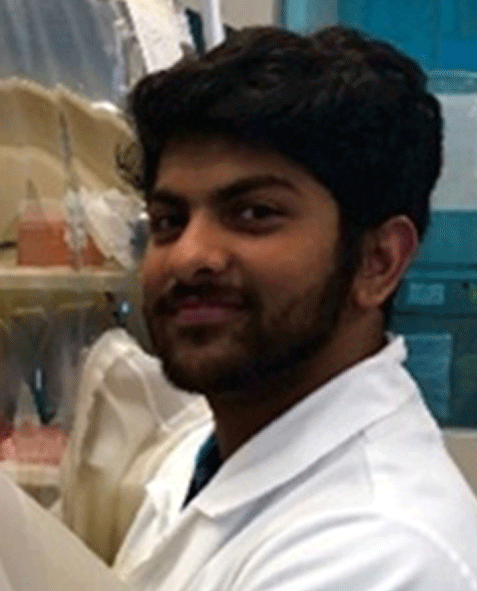
|
Don Ketagoda and Dena Lyras
Monash Biomedicine Discovery institute, Department of Microbiology, Monash University
Thymic atrophy and a loss in CD4+CD8+ T cells is a phenomenon that occurs in mouse models of infections with pathogens such as Salmonella typhimurium, Trypanosoma cruzi and Rhabdo virus. Previous work has suggested that thymic atrophy occurs in mice following infection with toxigenic Clostridium difficile strains. However, the observed thymic size reduction has not been quantified, and the effect on specific T cell populations during C. difficile infection (CDI) is yet to be investigated. To address this, we utilised a mouse model of CDI, in which mice were infected with toxin-producing C. difficile or an isogenic toxin mutant strain. Mice infected with toxigenic C. difficile exhibited increased weight loss, severe gut damage and inflammation, in contrast to mice infected with the non-toxigenic strain. Importantly, thymi collected from these mice showed a significant size reduction when compared to mice infected with the toxin mutant strain. Furthermore, there was a loss of CD4+CD8+ T cells in mice infected with toxigenic C. difficile, which was not observed in mice infected with the non-toxigenic strain. Collectively, these results indicate that CDI leads to a significant reduction in thymic size and a loss of CD4+CD8+ T cells in mice in a toxin dependent manner.
Identifying the genetic footprint of how microbial symbiosis became permanent: Searching for targeting signal in Lepidodinium genes implicated in enslaving secondary green plastids
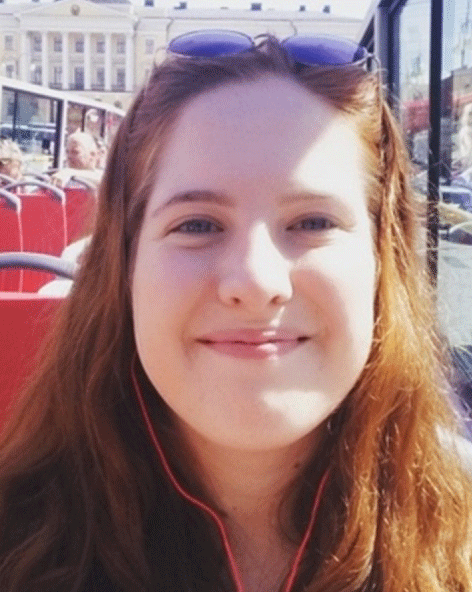
|
Sonja Repetti and Heroen Verbruggen
School of BioSciences, The University of Melbourne
Plastid endosymbiosis, where photosynthetic organelles arise through microbial symbiosis, is arguably the most important process underlying the success and diversification of microbial photosynthetic eukaryotes. While the significance of endosymbiosis is accepted, events key to establishing such symbioses are less well characterised. Secondary endosymbiosis events involving green algal plastid donors are an excellent model system for identifying genes crucial for plastid establishment because there are three well-identified independent evolutionary events giving rise to the euglenophytes, chlorarachniophytes and the dinoflagellate Lepidodinium. My project aimed to find genes encoding plastid-targeted proteins and originating in the green algal endosymbiont in Lepidodinium, and search for a conserved plastid-targeting motif. This motif could then be used to identify a core set of genes for comparison across these separate evolutionary events. I identified 19 putatively plastid-targeted genes in Lepidodinium, but no conserved plastid-targeting motif was detected across these sequences. While this lack of conserved targeting motif is an interesting biological phenomenon inviting further investigation, it poses a significant challenge in determining which genes might be universally crucial to the host cell for ‘enslaving’ its microbial endosymbiont.
Characterisation of Helicobacter pylori outer membrane vesicles

|
Lauren Zavan and Maria Liaskos
Department of Physiology, Anatomy and Microbiology School of Life Sciences, College of Science, Health and Engineering, La Trobe University
All Gram-negative bacteria release outer membrane vesicles (OMVs) from their membrane as part of their normal growth. However, OMV biogenesis is not a well understood concept, and with differences in the methods of OMV production and subsequent analysis across research groups, this has resulted in inconsistencies within the OMV field. In this study, we demonstrate that the growth stage of Helicobacter pylori influenced the amount of OMVs produced in addition to their size and content. The progression of H. pylori growth resulted in a decrease in the size range of OMVs produced along with a reduction in the amount of their DNA, RNA and protein cargo. Collectively, our work suggests that bacterial growth stage is a previously unknown regulator of OMV number, size and content and that this may subsequently alter their biological functions.
Tropism of a novel alphavirus
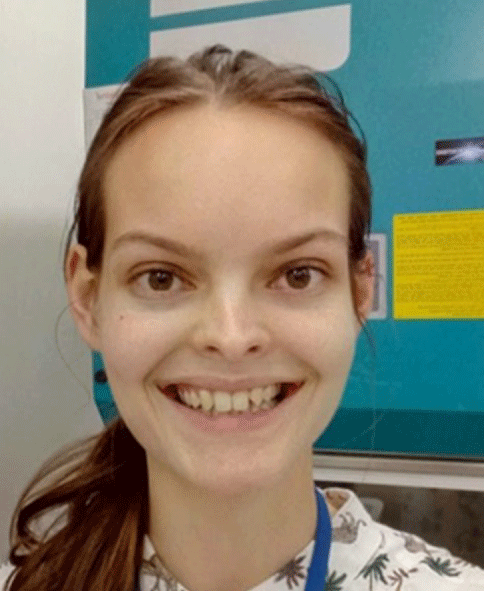
|
Hannah Greig and Allison Imrie
School of Biomedical Sciences, University of Western Australia
Alphaviruses are the most clinically important endemic viruses in Australia and have a wide range of possible reservoir hosts and vectors. A novel alphavirus was isolated in 2011 from Culex annulirostris mosquitos in the Kimberley region of Western Australia. The virus, named Derby virus (DERV), clusters with the Old-World arthritogenic alphaviruses and is a close relative of Sindbis virus. Important features of DERV that are yet to be characterised, are its possible reservoir hosts and its potential to cause human infections. This study was conducted to determine the tissue tropism of DERV by using human and avian cell lines as a model of in vivo infection. There was evidence of DERV replication in the human epithelial and fibroblast cell lines, HeLa and HFF, and in the avian embryonic fibroblast cell line, DF-1. The human B and T cell lines, SKW and Jurkat, and PMA-induced U937 macrophages, were not susceptible to DERV infection. In combination with preliminary serological evidence these findings indicate that DERV may infect humans and birds.
Uncovering virulence related secondary metabolites in the human pathogen, Talaromyces marneffei
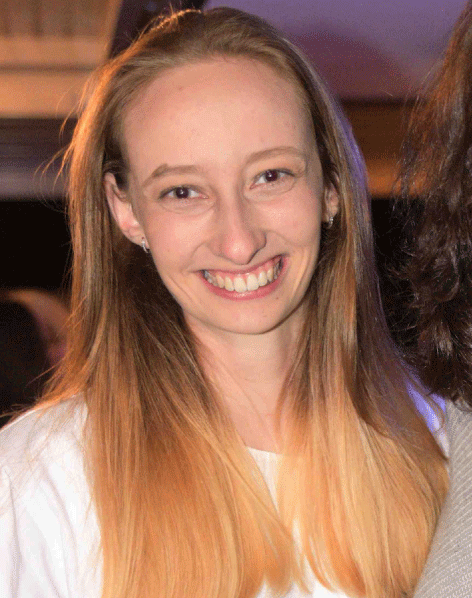
|
Sarah NegusA, Mitali Sarkar-TysonB and Yit-Heng ChooiA
ASchool of Molecular Sciences, University of Western Australia; BMarshall Centre for Infectious Diseases, School of Biomedical Sciences, University of Western Australia
Iron is a vital cofactor for a multitude of cellular process in all eukaryotes and some prokaryotes. Due to this, pathogens have had to evolve sophisticated strategies to ensure that they are able to obtain the required amount of iron for survival, including the production of secondary metabolites such as siderophores. Siderophores are relatively low molecular weight, ferric iron specific chelating agents that are produced by bacteria and fungi that are growing under low iron conditions. This project aimed to continue the research into targeting non-ribosomal peptide synthetase (NRPS) genes SidD and SidC within the pathogenic fungi Talaromyces marneffei, predicted to be involved in siderophore biosynthesis. By doing this, it allowed the further characterisation of the biosynthesis of these siderophores, as well as their effect on T. marneffei virulence. Two knockout strains were confirmed for ΔTmSidC and three knockout strains were confirmed from ΔTmSidD. Elevated levels of cell cytotoxicity seen at all hours measured within the LDH assay suggests that the cells used for the assay were not healthy and may have contributed to the lack of results. The experimentation completed in this scholarship project, while not providing extensive results, will provide a strong base moving forward with further research.


